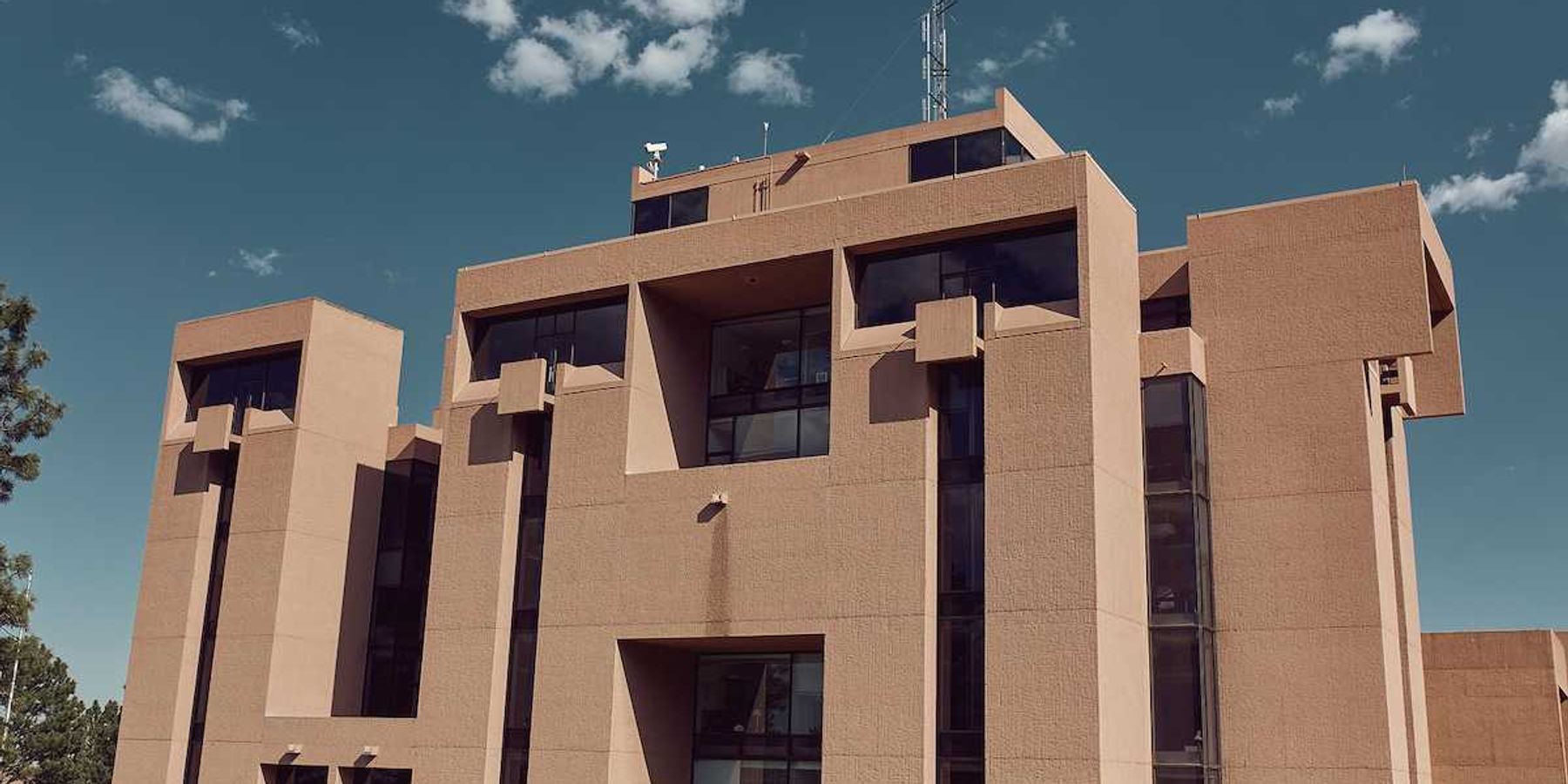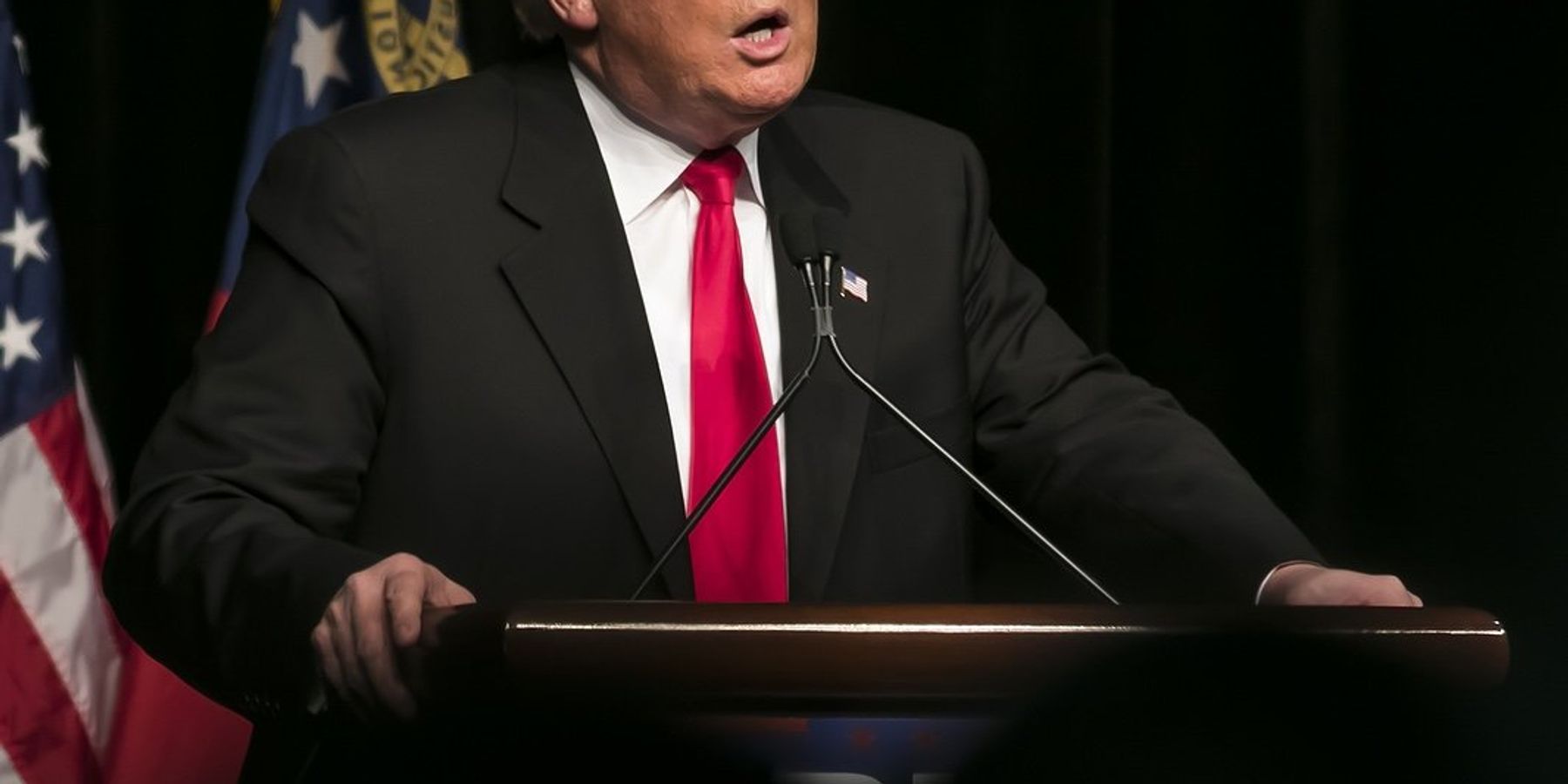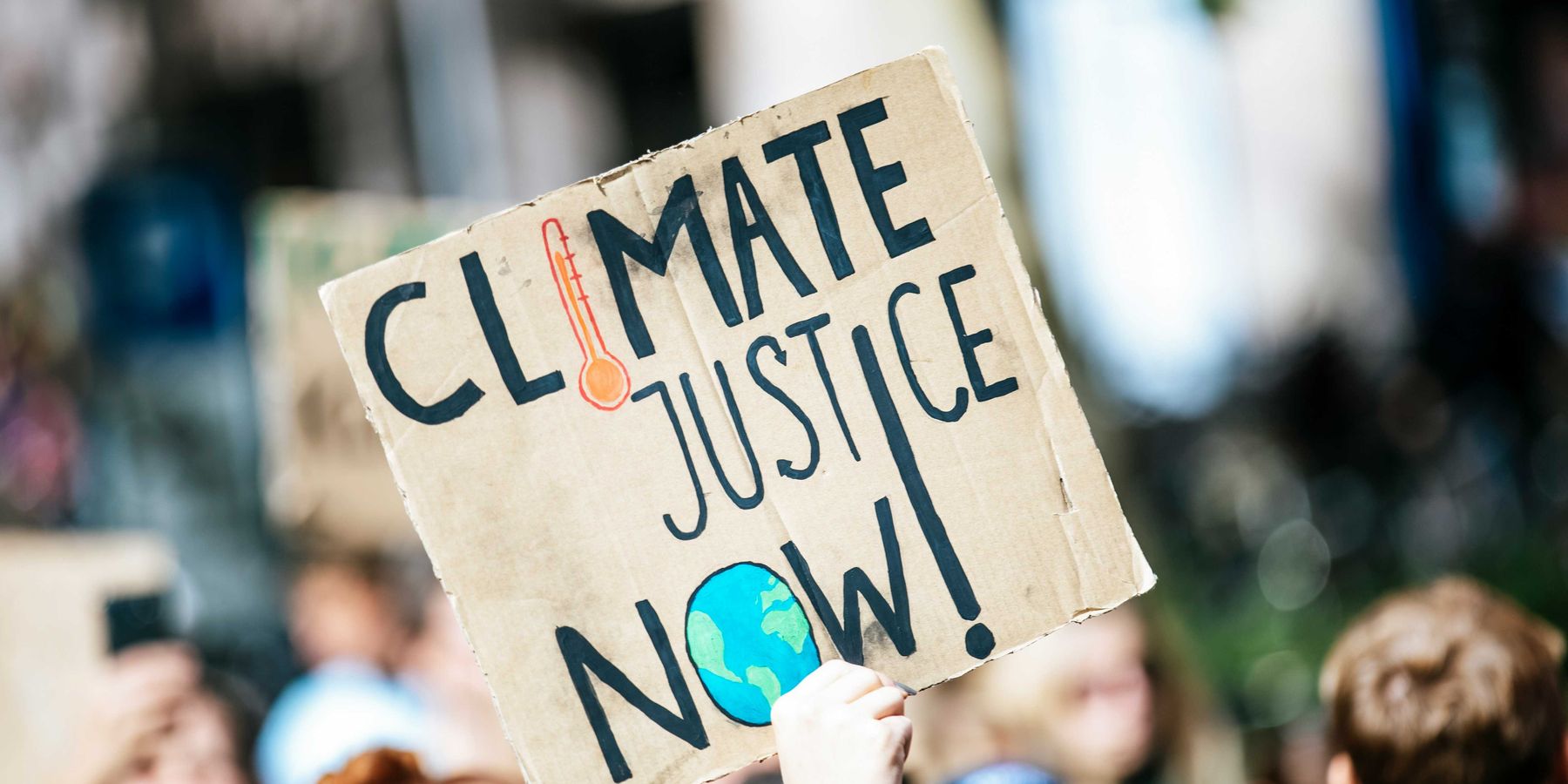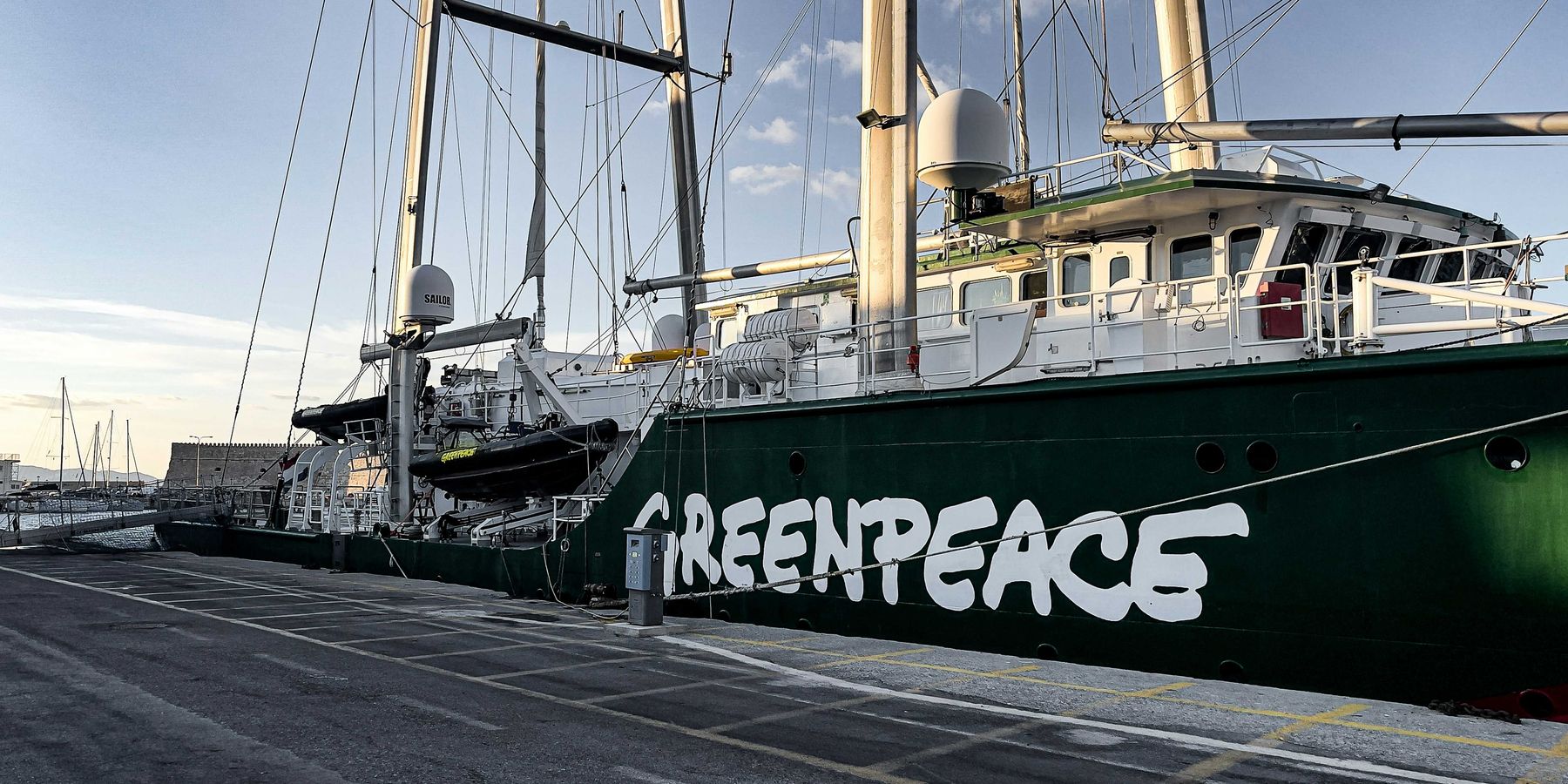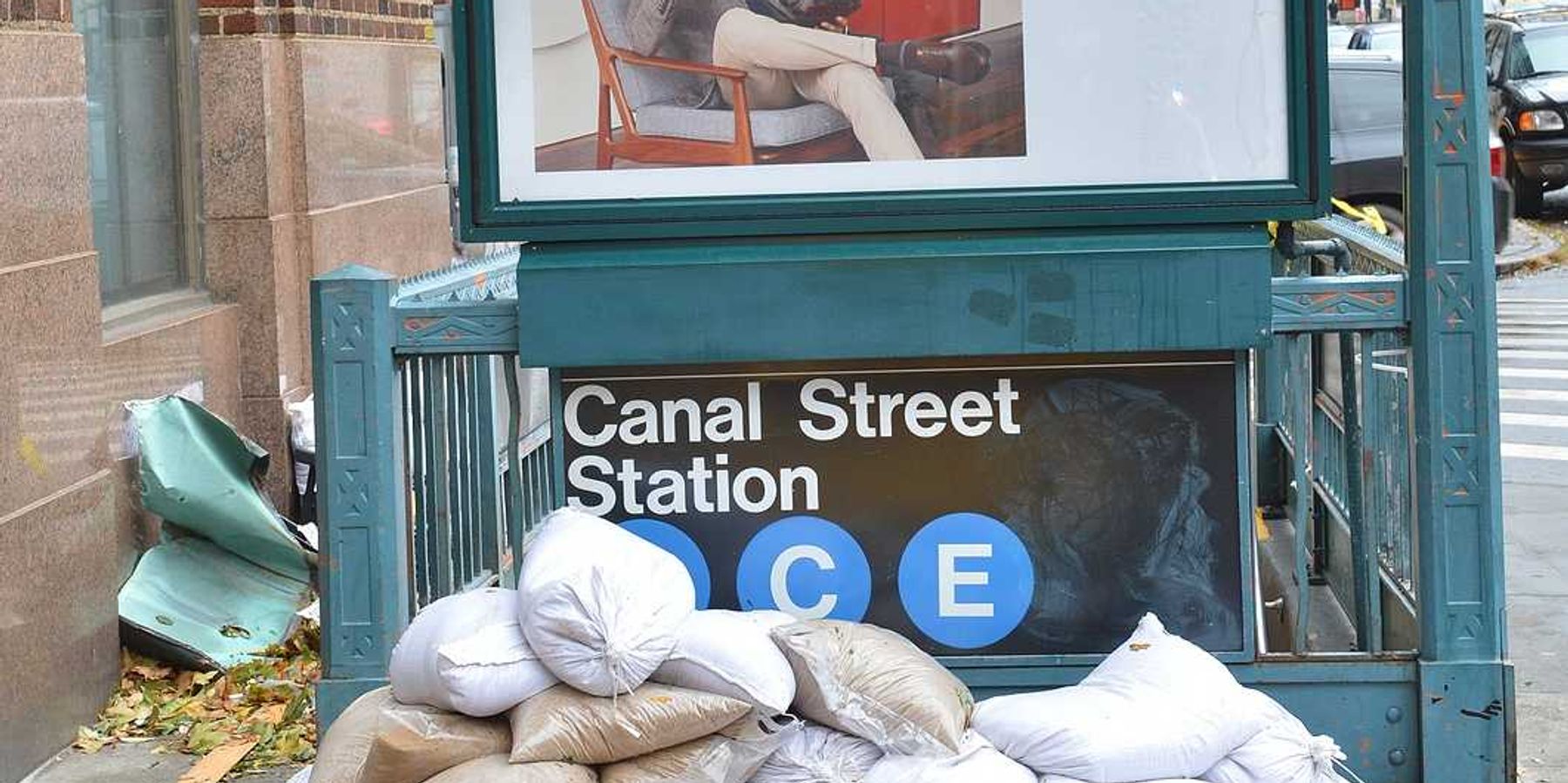Super Bowl's environmental impact: A look at private jet emissions
Activists are highlighting the environmental concerns surrounding the Super Bowl in Las Vegas, focusing on the influx of private jets and their significant carbon emissions.
Gerald Narciso reports for The New York Times.
In short:
- The Super Bowl in Las Vegas is expected to attract around 1,000 private planes, raising concerns about increased greenhouse gas emissions.
- Benjamin Leffel, a sustainability expert, notes that events like this can double the city's daily emissions due to air traffic and energy use.
- The issue of private jet emissions is part of a broader environmental challenge, with Las Vegas already grappling with energy, heat, and drought problems.
Key quote:
"The emissions levels of a mega-event like this from air traffic, and the energy use is at least double in a day than it would be on average."
— Benjamin Leffel, assistant professor of public policy sustainability, University of Nevada, Las Vegas.
Why this matters:
The Super Bowl's environmental impact is a reminder of how major events can significantly contribute to carbon emissions, affecting not just local environments but also global climate patterns. This topic is crucial for understanding the broader implications of our choices and events on the planet's health.

